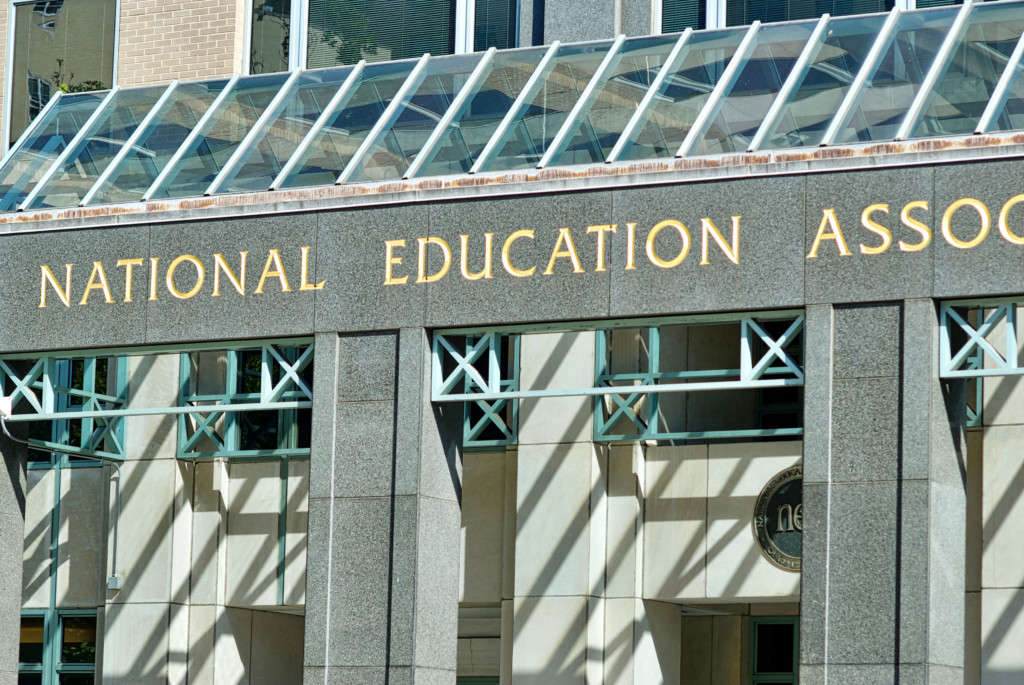 If 2021 is to be different from 2020 for families of school-aged children, policymakers, parents and educators must have a conversation about bullying – not from fourth graders on the playground, but from the education special interest groups that are pushing parents around.
If 2021 is to be different from 2020 for families of school-aged children, policymakers, parents and educators must have a conversation about bullying – not from fourth graders on the playground, but from the education special interest groups that are pushing parents around.
Examples abound in West Virginia, where families and community leaders celebrated National School Choice Week last year by doing the same thing they have been attempting for months: trying to create a public charter school in one of the last states in the nation without one.
In 2019, West Virginia lawmakers removed their state from the dwindling list of states that do not allow for the creation of public charter schools, leaving only five with this ignominious distinction.
Katie Switzer grew up attending traditional schools and intended to send her children to the same, but she already was aware of the possibility that assigned schools may not be a fit. Katie’s husband, whom doctors diagnosed as being on the autism spectrum, had been picked on incessantly in school.
Katie was encouraged about the potential for public charter schools in West Virginia and the new learning opportunities available to them if their children faced struggles similar to those her husband encountered.
But Katie says she was “taken aback” last October when she attended an informational hearing on the lone charter school application. There was a “massive teacher union rally” at the event, and the union members took nearly all of the 50 allotted slots for members of the public who wanted to make comments.
“It was, frankly, bullying that happened at the public information session,” Katie says. “Hardly any of them talk about the kids and how it would affect the children.”
“I want my kids to be exposed to a place where people act like adults and don’t shut people down because they have different opinions,” she continues.
Katie’s experience with these union tactics isn’t unique, unfortunately. Despite sagging student grades and an estimated 3 million “at-risk” students who have not had any formal education during the pandemic, parents around the U.S. watched teacher unions hold protests in 2020 to keep schools closed to in-person learning. Unions still demand new taxpayer spending on schools on top of the billions in new federal spending Washington already approved last year.
Most families who are not ready to send their children back to brick-and-mortar schools will have virtual options available to them in the assigned system for the foreseeable future. Meanwhile, teacher unions have consistently opposed and even tried to block schools from offering in-person instruction as a choice for parents who are ready for their children to go back to class.
Recently, Chicago’s teachers union—which, ironically, has a site dedicated to dealing with workplace bullying by administrators—called on members to refuse to go back to work at all.
This puts these special interest groups at odds with student needs and what some parents have decided is best for their children. A new survey finds that parents of 51% of students who “attend school as usual say they are ‘very satisfied’” with their child’s experience at this point in the pandemic, while parents of just 23% of students who are only attending school virtually said the same. Sixty percent of respondents said their child is learning less overall this year.
According to forthcoming Heritage Foundation research, public school enrollment numbers were lower at the beginning of the 2020-21 school year than in the year prior, and we should anticipate more student attendance changes before the end of the school year. Enrollment is down in New York City, Montana, Wisconsin, Missouri, North Carolina and elsewhere, while homeschooling and charter school figures were up at the beginning of the school year.
With this year’s National School Choice Week in hindsight, we should continue to celebrate the opportunities children have to succeed in school and in life when their parents can choose where and how students learn.
At the same time, we should ask officials in places without alternatives to assigned schools why 3 million students from disadvantaged backgrounds have simply disappeared.
While you have their attention, note that this disappearance coincided with union intimidation tactics aimed at parents and local officials.
As COVID-19 divides communities according to those with or without access to solutions for work, health and education, policymakers ought to give families more educational options—like charter schools and education savings accounts—that can help parents and communities more effectively handle the challenges of this time while keeping the bullies of public school policy at bay.


